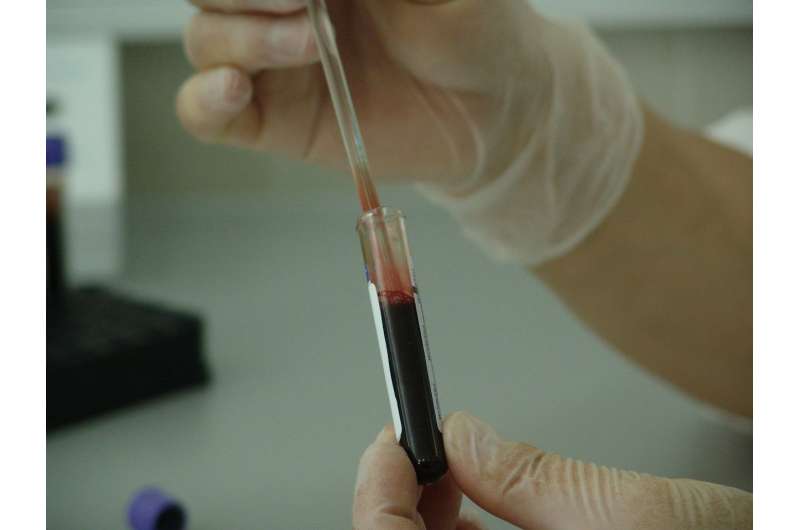Genetic Mechanism Behind Leukemia Cells' Resistance to Chemotherapy Discovered

A groundbreaking study uncovers how a genetic switch involving RUNX1C helps leukemia cells hide from chemotherapy, opening new possibilities for targeted treatments to prevent relapse and improve patient outcomes.
A recent study has unveiled a novel molecular mechanism that enables leukemia cells to evade the effects of chemotherapy, posing a significant challenge in cancer treatment. Conducted by researchers at The Jackson Laboratory, the study focuses on acute myeloid leukemia (AML), an aggressive blood cancer responsible for the majority of adult leukemia cases. The team identified a genetic switch involving a specific isoform of the RUNX1 gene, called RUNX1C, which plays a crucial role in chemoresistance.
The research revealed that in many AML patients, a chemical modification known as DNA methylation occurs in the regulatory region of the RUNX1 gene. This alteration causes the increased production of the RUNX1C isoform, which subsequently activates the BTG2 gene. Activation of BTG2 leads to the suppression of cellular activity, pushing leukemia cells into a dormant or quiescent state. These dormant cells are resistant to chemotherapy, as most treatments target actively dividing cells. This dormancy allows cancer cells to survive treatment and potentially cause relapse.
The investigators analyzed patient data before and after chemotherapy, discovering that the methylation change and isoform overexpression are linked to relapse cases. Their findings suggest that eliminating the RUNX1C isoform could prevent leukemia cells from entering dormancy, making chemotherapy more effective. In laboratory experiments, targeting RUNX1C with RNA-based therapies significantly improved treatment outcomes in cultured cells and mouse models.
Led by Assistant Professor Eric Wang, the team experimented with RNA-targeting tools, such as antisense oligonucleotides, against RUNX1C. The combination of RUNX1C inhibition with standard chemotherapy resulted in increased leukemia cell death and reduced chances of relapse. These promising results highlight the potential of RNA-based therapies to overcome drug resistance in AML.
If further developed and tested in clinical trials, therapies designed to block RUNX1C could significantly improve prognosis for AML patients by preventing cancer cells from slipping into a dormant state. The study emphasizes the importance of understanding RNA isoforms in cancer resistance and opens new avenues for targeted treatments that could be applicable to other cancers as well.
More detailed information can be found in the publication in Blood Cancer Discovery (2025), with ongoing research exploring the therapeutic potential of targeting RNA isoforms to combat drug resistance in leukemia.
Stay Updated with Mia's Feed
Get the latest health & wellness insights delivered straight to your inbox.
Related Articles
Innovative Biomaterial Demonstrates Potential to Reverse Heart Aging
A new hybrid biomaterial developed by researchers shows promise in reversing age-related changes in heart tissue by targeting the extracellular matrix, opening new possibilities for regenerative therapies.
International Research Establishes Reference Values for Satiety Hormone Leptin
A groundbreaking international study has established standardized reference values for leptin, a key hormone in hunger regulation, across all ages and weight classes, supporting improved diagnosis of metabolic disorders.
Elevated Anticholinergic Use Associated with Accelerated Decline in Mobility and Strength in Older Adults
Higher cumulative use of anticholinergic medications in older adults is linked to faster declines in mobility and strength, emphasizing the importance of careful prescribing and regular reevaluation. Source: https://medicalxpress.com/news/2025-07-higher-anticholinergic-linked-faster-decline.html
Early Detection of Liver Transplant Complications Using Blood Tests to Prevent Organ Failure
A novel blood test analyzing circulating DNA can detect early liver transplant complications, enabling personalized treatment and preventing organ failure.



